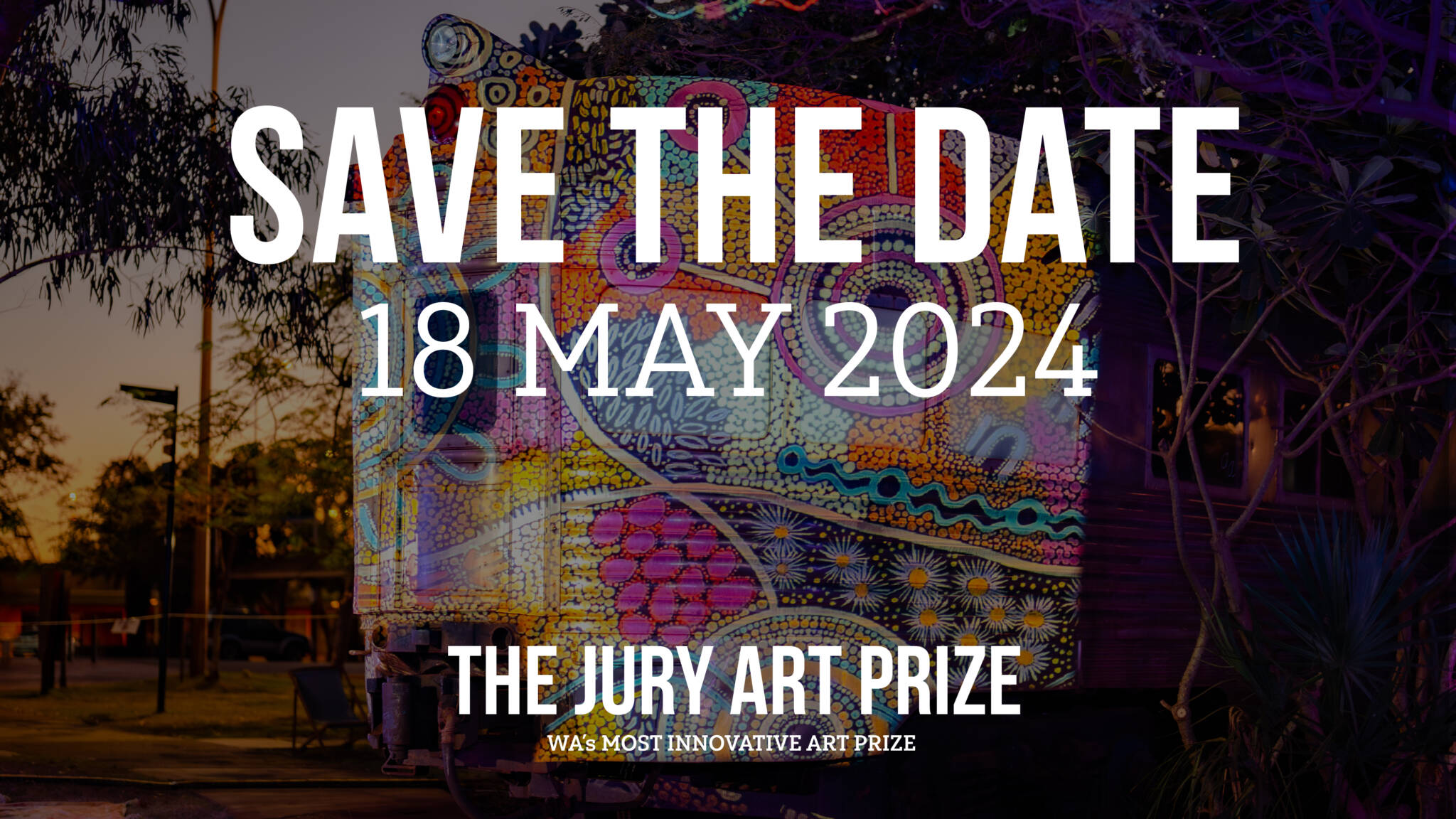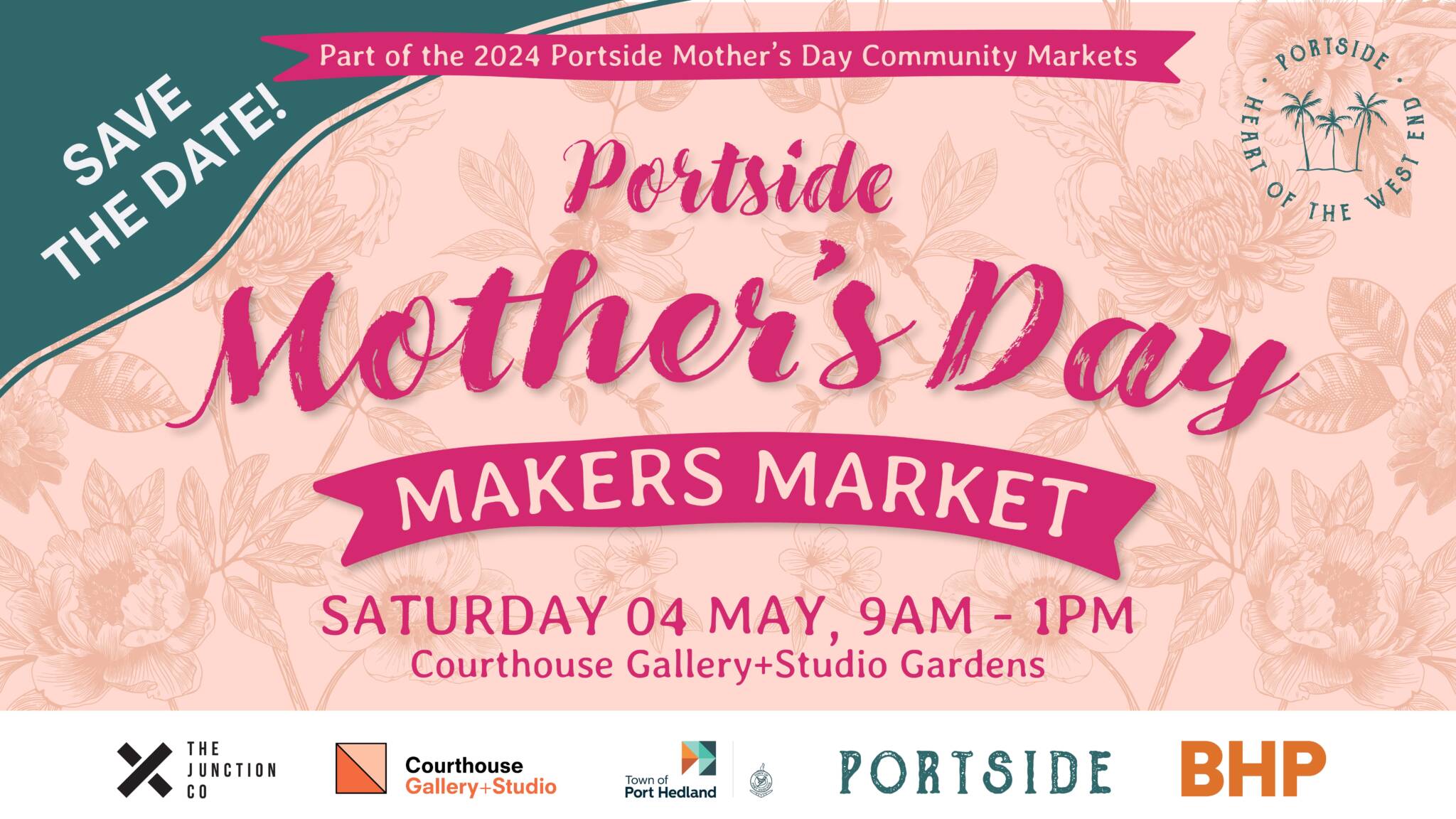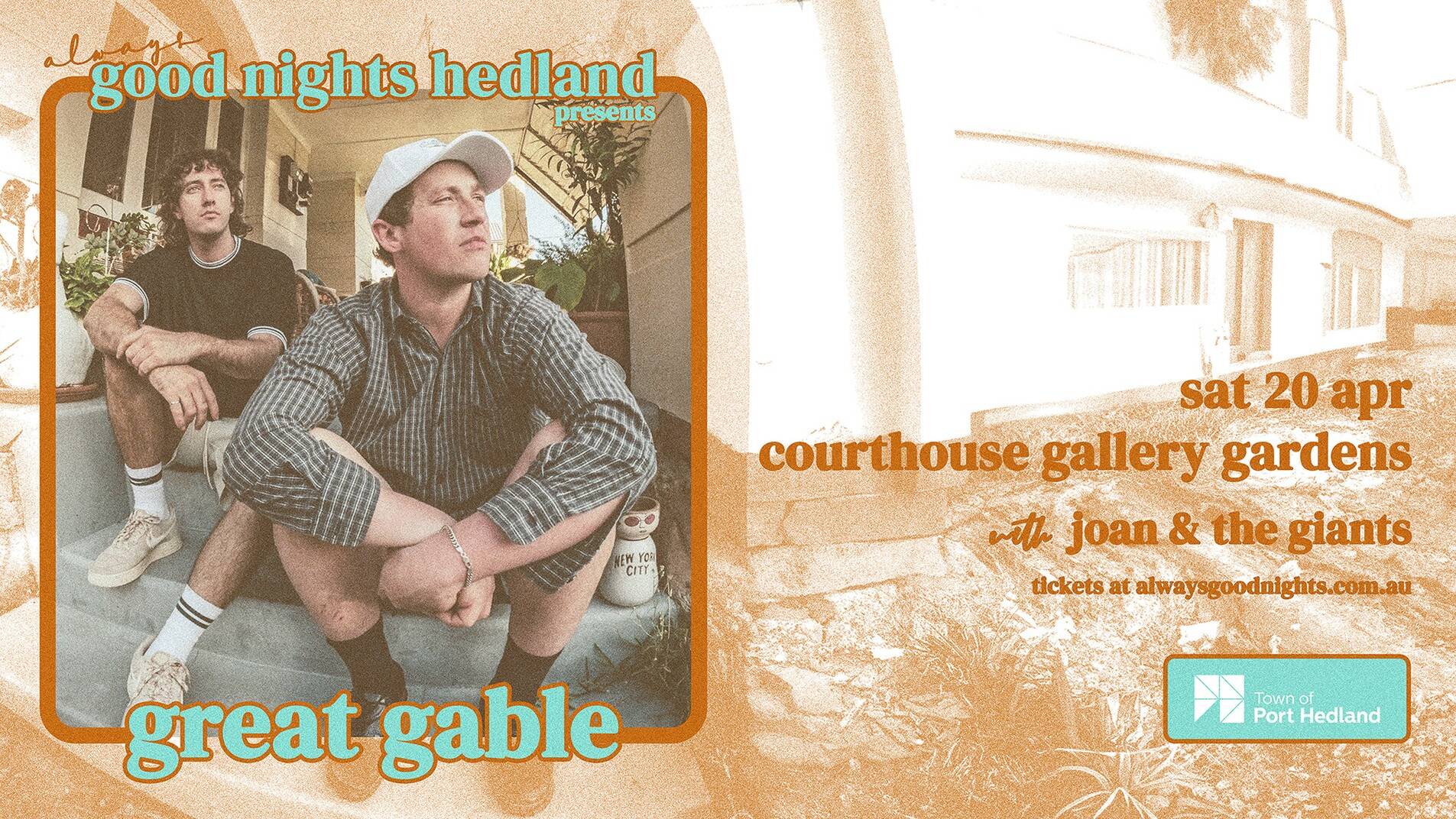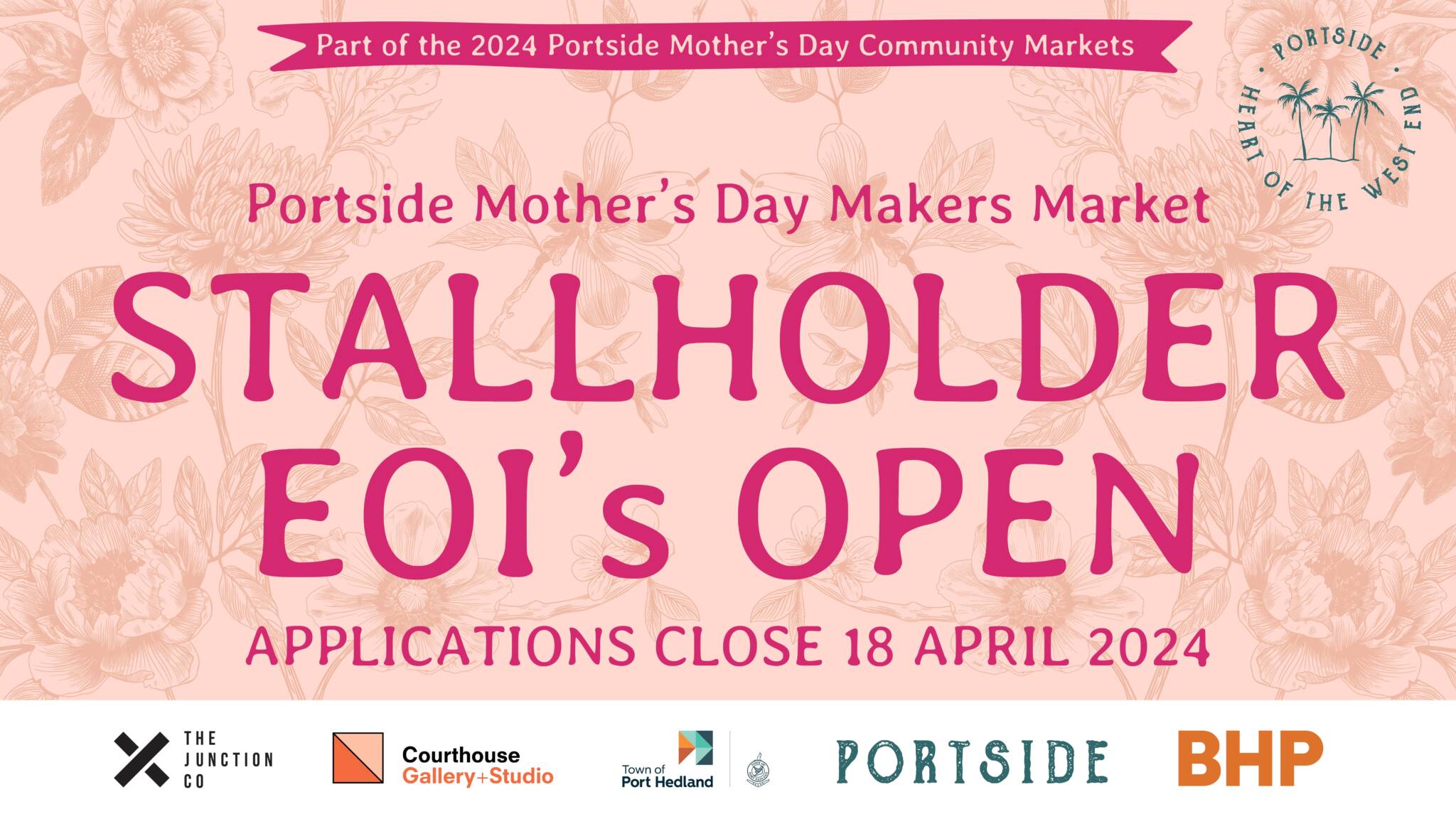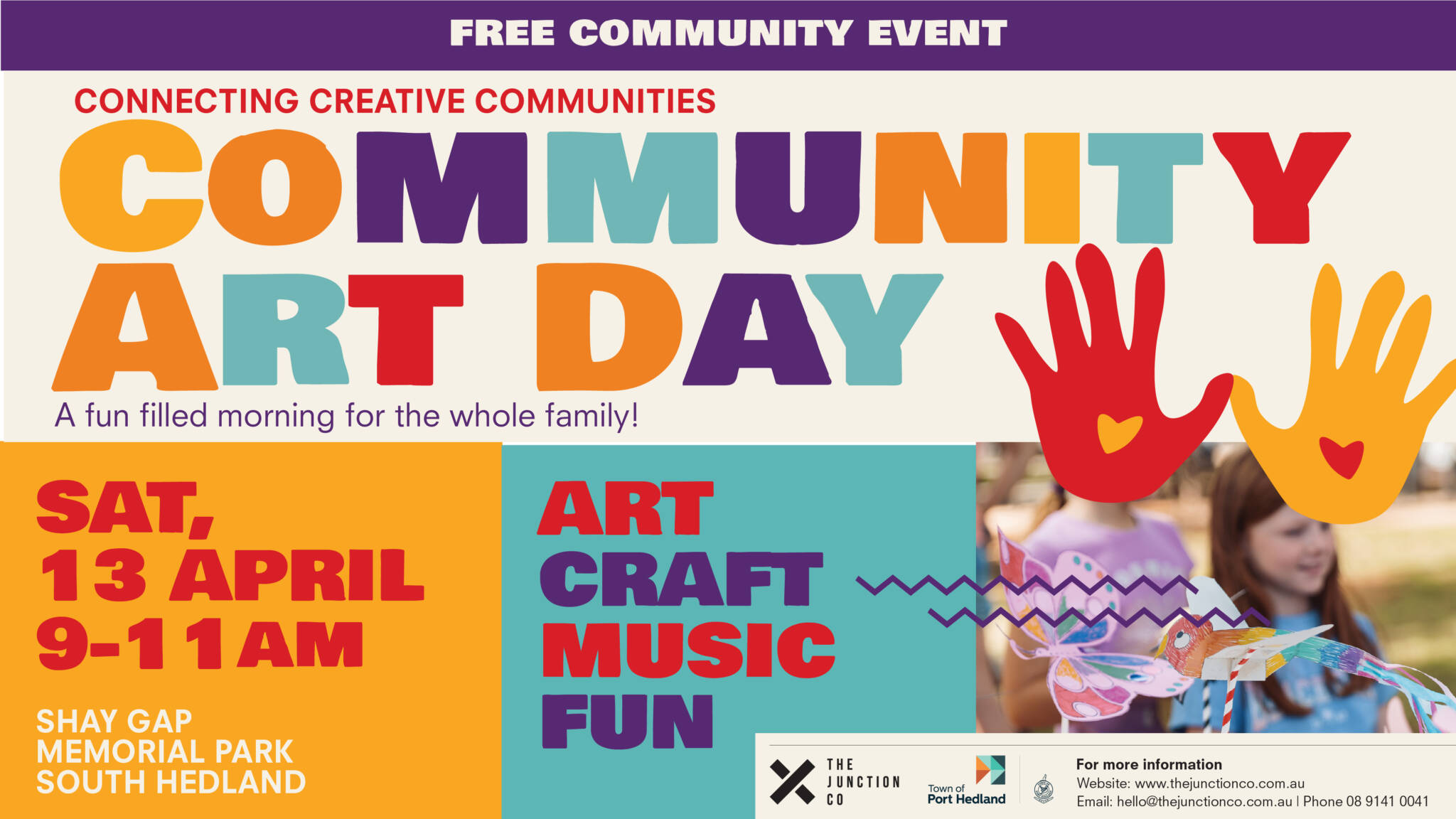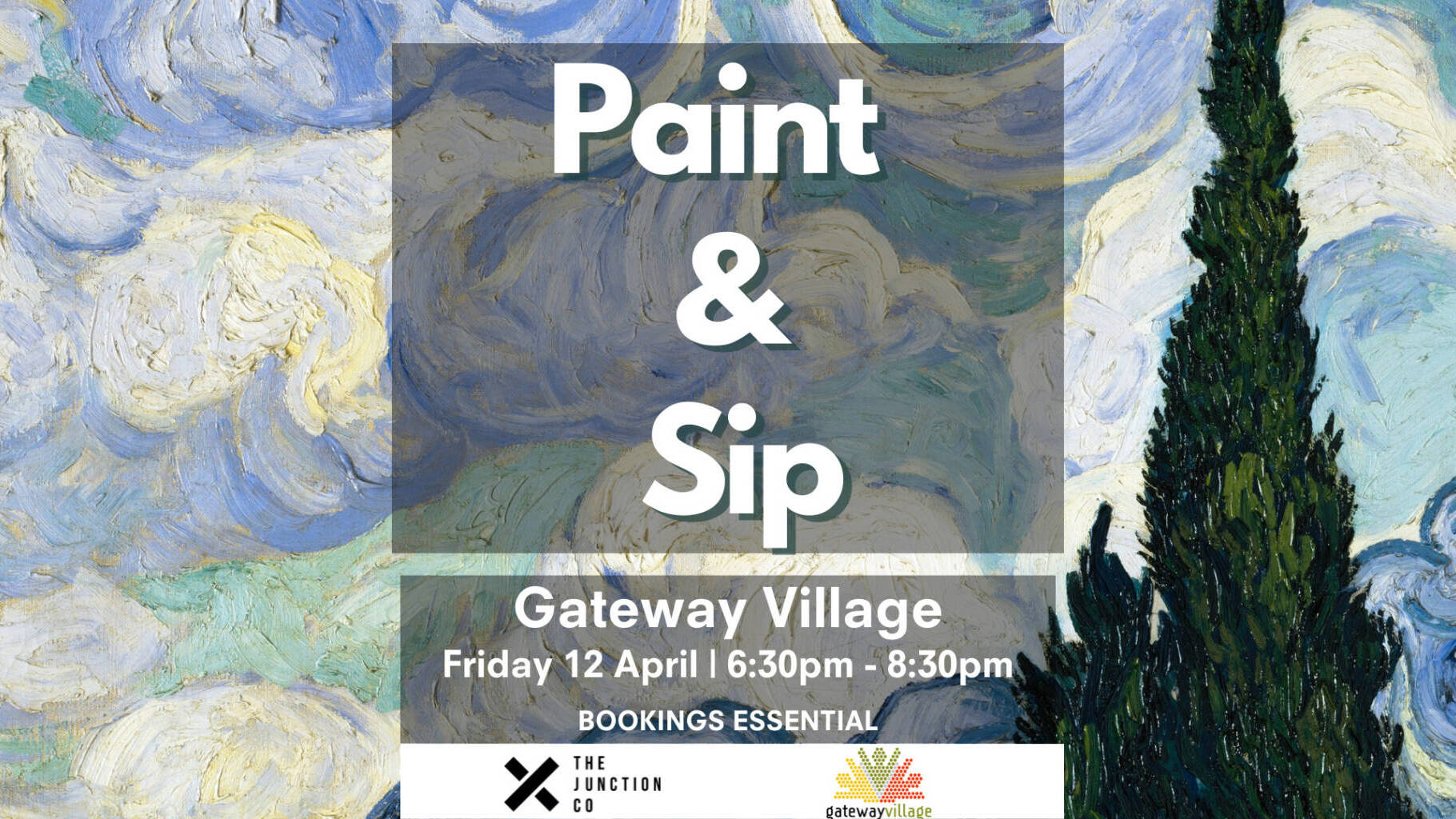ALANA HUNT - EXHIBITION 25/02/22 - 9/05/22
There’s an indeterminate zone, some place between the old frontier and the new. Call it the mythscape. You’ve seen it before – maybe you’ve gone to that place there – you inhabited the myth, and in this moment captured it with a photograph or else held it in memory. But a memory is dissolution not myth, so this moment must be repeated, shared amongst other people, until it becomes known.
So it becomes myth.
Like mythscape, landscape is also made up, imagined. Landscape is simply one way of perceiving the land. It is those visible features that can be seen while looking out of a window from a distance. Somebody in a car, driving on any road, sees landscape out the windscreen. Seeing the land this way does not preclude but is different to living in a place, getting to know it, becoming a part of its lived, entangled relationships.
Mythscape extends in time and space. It is the physical (landscape) and discursive realm, where national myths and identity are forged and constantly reconstructed. Take for example the myth that a land that has been inhabited by Indigenous people for over 60,000 years could somehow be untouched, pristine, or in any way remote.
You were a tourist or a visitor, you were innocent. You were somebody’s child or parent.
First you saw the image of this place on Instagram or Facebook. There was a picture of the beach or a rocky swimming hole or a vast escarpment. (Or was it a place from before all of this? A grandparent place, kin place?). You looked at the image on the screen and what you saw was romantic desire. This image was described with labels like ‘picturesque,’ ‘pristine,’ and ‘isolated,’ promising an experience of the ‘frontier’ that place where identity is made and remade always at the expense of Indigenous inhabitants. But you made your own image.
It felt natural to want this place for yourself, an escape from your mundane days of work, a reward, yearly ritual. You, bathing in the warm milk of the setting sun, the morning sun rising and warming the rocks, or the genial foliage where the midday sun hangs and seeps through casting crystalline shapes and lines across the still air.
It feels too refreshing, too deserved to be part of the extractive circuit, an ideal that you were consuming. The counter–image that sustains this lifestyle is a place where you might work but would never vacation. It is the sacrifice zone, the hurt overturned dug out earth, the mine site, or the dump. It is the inverse image of the tourist photograph but the two images, the ‘pristine’ and the ‘devastated’ are quite literally tethered by dirt, roots, fungi, microbes. Connected.
It is your perpetual impossible predicament, how can you reconcile fondness of memory and desire, with your complicity in acts of brutal environmental and social violence? Maybe you cannot but you can face the banality of such violence.
This is what strikes me most about Alana Hunt’s photographs which expanded beyond the concreteness of the image into conversations, books, and relationships. Her lens seems to surveil the people and acts in the places she photographs, as though she were documenting the landscape, the colonial mythscape, as a crime scene. She reminds us that colonial violence has not ended and while its forms are continually shifting it still requires active participants to sustain it.
Is tourism simply an act of colonial violence and are tourism and mining equivalent extractive processes? These are questions that Hunt poses rather than answers. Yet, in not shying away from such questions Hunt has developed ongoing correspondences with artists and thinkers who have responded to her photographs and the queries they raise.
In this way we can attempt to think of all the disparate, fluid, and fragmented elements that constitute the image, and what the image constitutes. What can be found in looking at and speaking about Hunt’s photographs is a kind of demythologising of the tourist photograph and promotional brochure.
You arrived, you got out of the car and asked someone who looked like a local, “Is there anything here?” they replied, “Depends on what you’re looking for.” Safe in the knowledge that there was nothing here that you would see1. You were the tourist and the local.
It is at this point – realising where you stand in the vexed dynamics of belonging and not belonging to a place – that the question shifts from “what’s here?” to something like “whose place is this?” or “who belongs to this place?” This is not to say that anyone should leave or be made to feel out-of-place, on the contrary this is the question that must precede any kind of meaningful way of inhabiting a place.
Tristen Harwood is an Indigenous writer who grew up in Perth and currently lives in Melbourne.
View the exhibition
